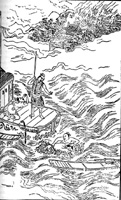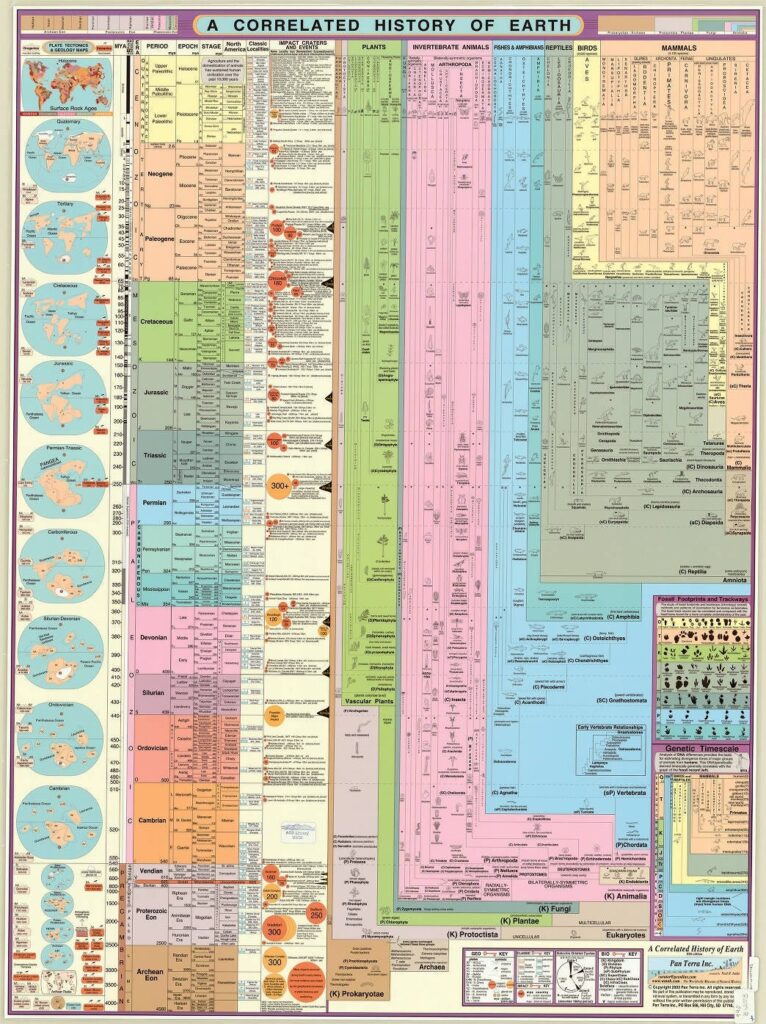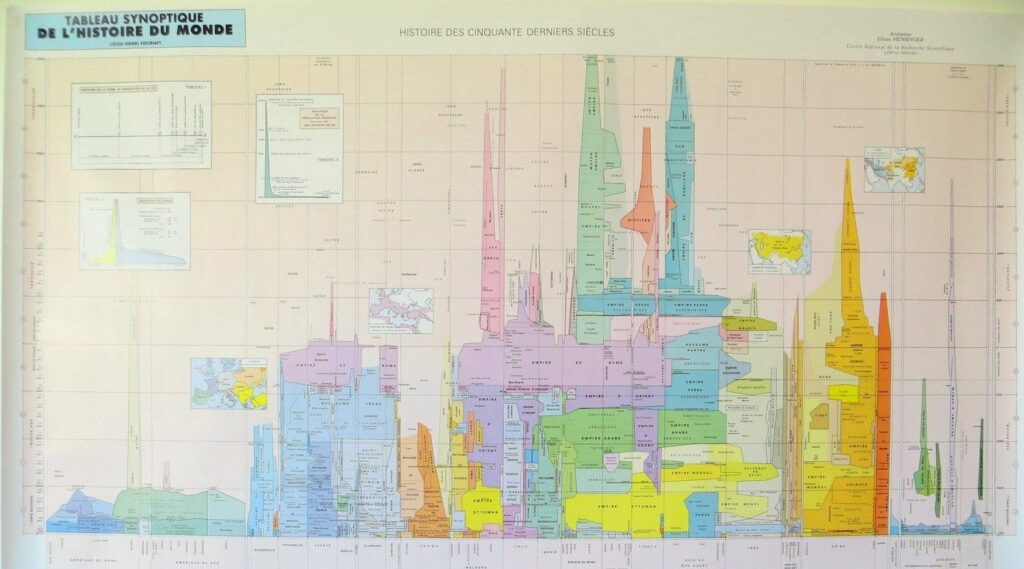A Guide to Oriental Classics * The New Lifetime Reading Plan
The best non-western literature
Now that you have finished reading all the great books of the West, you might want to turn your attention to the rest of the world. There is an equally vast and equally great classical literature in what is known as the East. Few of these works make it onto the lists of Best Books Ever; furthermore, guides to this wing of the universal library are rare. Given our interdependence with other cultures, introductions to this literary realm are vital and urgent.
For simple reading lists (sometimes the most enjoyable way to enter) I direct you to Robert Teeter’s Great Books Lists, a handy website which convenes in one spot all the published lists of oriental (and western) classics. For a more annotated guide, with proper orientation of where you might want to head, I would start with A Guide to Oriental Classics, from Columbia University Press. The third edition of this indispensable work incorporates many works only recently translated into English, as well as an expanded number of secondary readings and glosses. I can’t think of any major works in the four regions of the Islamic world, India, China, and Japan that are not covered here. With each work you get a very short description and — very handy! — annotated pointers to available translations.
For a more contextual inclusion, I find The New Lifetime Reading Plan by Clifton Fadiman to be superb. This revised and expanded fourth edition of his venerable book now covers many more eastern classics than in his previous editions. The list of eastern works is still way too short, but he offers them with two advantages. Because his plan is organized chronologically, one gets a better sense of how an eastern work relates to the West, and secondly, for each work he spends a few pages outlining to the reader its importance and a summary of its content, which A Guide to Oriental Classics does not. You’ll get a better perspective from his select list, but you’ll have more of an adventure with the Columbia University roster.
A Guide to Oriental Classics
Edited by Theodore De Bary
1989, 325 pages
$57
Columbia University Press
Amazon
The New Lifetime Reading Plan
The Classic Guide to World Literature, Revised and Expanded
Clifton Fadiman and John S. Major
1998, 378 pages
$12
Harper Perennial
Amazon
Robert Teeter’s Great Books Lists
The Conference of the Birds of Farid Al-Din Attar (ca. 1142 – ca. 1220)
A sophisticated literary treatment, in fable form, of the stages of religious experience in man s contemplative journey toward union with God, by a Persian Sufi.
Translation
Darbandi, A. and D. Davis, trans. The Conference of the Birds. London: Penguin Classics, 1984. The best translation, recommended for general education.
*
Journey to the West, or Monkey (Hsi Yu chi), by Wu Ch eng-en (ca. 1506 – 1581)
A highly imaginative fictional account of the epic pilgrimage to India of the Buddhist monk Hsuan-tsang, by the sixteenth-century novelist Wu Ch eng-en.
Translations
Complete
Yu, Anthony C., trans. Journey to the West, 4 vols. University of Chicago Press, 1977-84. Pbk ed. A highly literate and graceful as well as complete and accurate translation. Its length may make it unsuitable for general education purposes, but samples may be used with great profit.
Waley, Arthur, trans. Monkey. New York: John Day, 1944, Pbk eds., New York: Grove, Evergreen, 1958. Harmondsworth: Penguin, 1961. Though much abridged (omits the poetry in the original) and containing occasional minor errors, a delightful translation. (Excerpts from A Guide to Oriental Classics)
*

*
The Cloud Messenger and Sakuntala
Kalidasa
ca. 400
Kalidasa is sometimes described as “the Shakespeare of India”; certainly he is universally regarded as the most accomplished stylist in the Sanskrit language in all of Indian literature. It may seem odd, then, that almost nothing is known about him. The Cloud Messenger (Meghaduta) is a poetic monologue in 210 stanzas; if one were to place it approximately in a genre of European verse, one could call it a pastorale. The conceit of the poem is that a young nobleman in the guise of a yaksa (a minor nature deity) for some unspecified offense has been exiled to a remote mountain. He misses his beautiful young bride, and imagines that she is pining for him as well at their palace in the Himalayan foothill city of Alaka. Seeing a passing cloud on the mountaintop, he asks it to float to Alaka and deliver a message of love and comfort to his wife. This gives the poet, in the voice of the young yaksa, a chance to describe the rivers and mountains, towns and cities that the cloud will pass on its way to deliver the message; the poem is a sort of travelogue in the form of a love letter. The tone of the poem, and the highly formal structure of the verse itself, is elevated and refined; the fanciful mission entrusted to the cloud messenger seems paradoxically all the more passionate for that air of elegant restraint.
*
Shah Nameh
Firdausi
ca. 940-1020
Firdausi, the pen name of a man of obscure origins named Abul Kasim Mansur, is generally regarded as the greatest poet in the history of the Persian language. But if we think of Firdausi as an historian, we find that he fits no mold that we ve encountered thus far in the Plan. His history resembles neither the majestic sobriety of Thucydides, nor the cheerful credulousness of Herodotus, nor the systematic organization of Ssu-ma Ch ien. More than any of these, Firdausi resembles Homer; he is historian as bard. His strength is in pure narrative; he has an eye for the telling detail and the illuminating anecdote, and the elegance of his poetry (apparent to some degree even through the screen of translation) carries the work through occasional dry spells in the action. (Excerpts from The New Lifetime Reading Plan)
07/16/03








